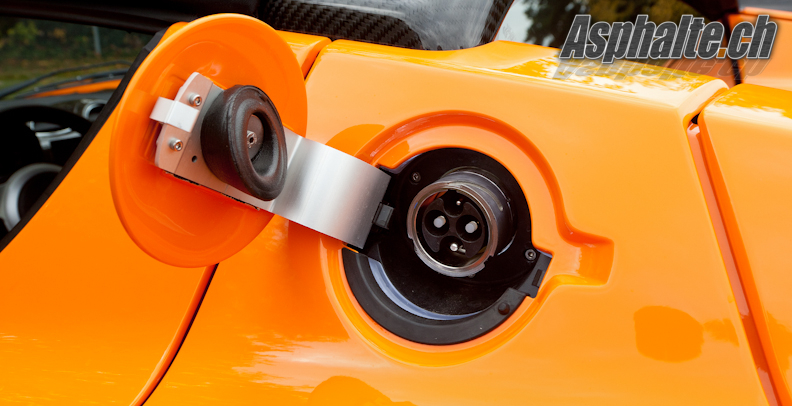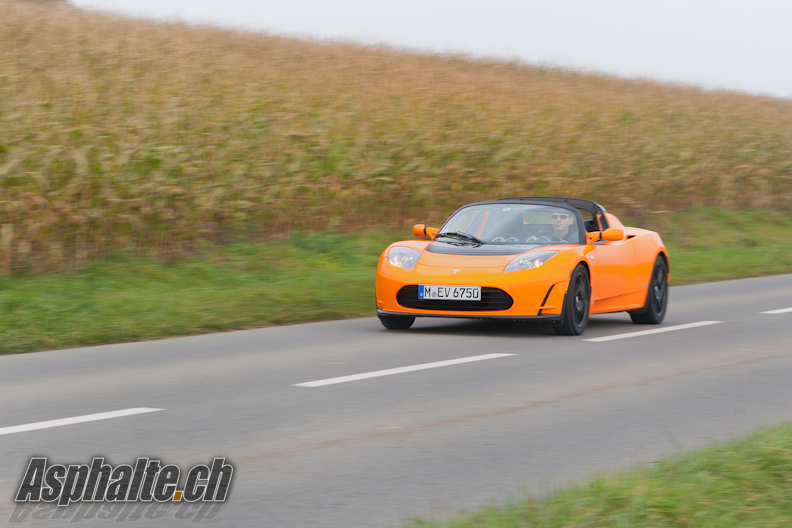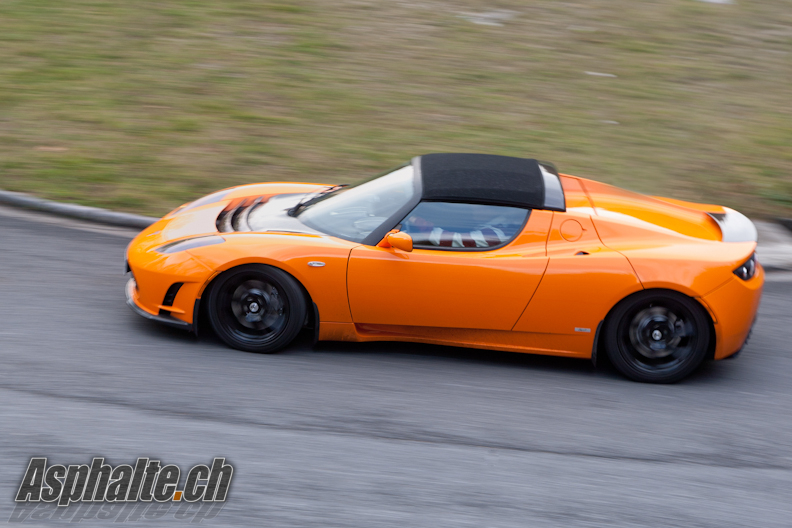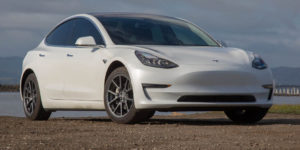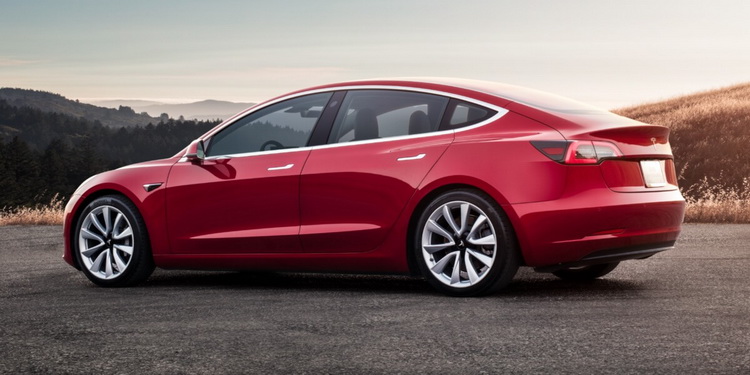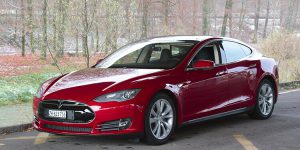Road Test: Tesla Roadster Sport
Pedal to the metal out of villages, acceleration from 50 to 80 kph (or much more at your own risks) are hilariously quick. The instant throttle response and the impressive, constant shove from the engine make for a pretty unique automotive experience. A completely different one – and much less visceral – than the rage of an Italian V8 rushing to its 9000 rpm redline, but the electric motor whine has its own charm, reminiscent from futuristic spacemobiles seen in the Fifth Element, Minority Report or i-Robot, but jet planes also come to mind. Highly likely to be more attractive geeks than hardcore fans from seventies car memorabilia, but I found it definitely attractive. Socially responsible too as the Tesla Roadster makes very little noise overall. That is when the auxiliary fans are not triggered by repeated, intensive use of maximum power, in which case the car sounds like a rolling hairdryer, inside and outside.
On a twisty road with slow corners, few sports or supercars will be able to cope with the murderous acceleration of the Roadster Sport out of hairpins. No need to worry about apex speed or gear selection to keep the engine in a favorable rev range, torque is there, all the time, instant, relentless. Whatever the corner, response is immediate, decisive, making for effective and addictively fun progress. It’s only at higher speeds, well beyond reason in realistic open road conditions, that power starts to run thinner. At 4.42 kg/hp, power to weight ratio is respectable, but remains far from the 3.42 kg/hp of the naughtiest supercharged Elises. The cocktail would probably lose some of its punch in faster, flowing roads or tracks with higher peak speeds. It’s easy to find the reason in the spec sheet: maximum torque is constant from 0 to 5100 rpm (approx. 70 kph) while the 288hp power peak is reached at 6000rpm. From there on to the 14000 rpm redline, it’s a slow downhill slope. At 10500 rpm (approx. 150 kph), there is only 230hp left. A two gear system was on the development program for the Roadster, but had to be dropped for reliability reasons in favor of this simpler, direct drive solution. Reach is there, but sustained thrust isn’t.
Un-cooperating weather made it difficult to dig deep into the Roadster’s road handling, the sparse thread of the Yokohama Advan A07 calling for caution on showered tarmac. Given the car’s sticker price, carving its pretty orange noise in a ditch was not an enticing perspective. Damping is a good surprise, there’s no needless harshness while the immediacy of reactions is well preserved. Steering is not assisted and heavy, but it bothered me a lot less than on the Elise Club Racer recently tested, most probably because the Roadster does not have to be a momentum car and scrape the last tenth of cornering speed, there’s plenty of straight line performance to make enjoyable and expedient progress. At road pace, the weight premium remains surprisingly unnoticeable. On our corner scales, the Roadster comes in at 1275kg with a pretty radical balance (65.1% rear, 34.9% front), 45% more than the lightest contemporary Elise (878kg). A benefit of the weight distribution is that, in spite of abundant torque, straight line traction is not an issue, even with the electronic nanny switched off. I found the brake pedal feel average, a bit amorphous. Interestingly, the wheel base of the Roadster is longer by a whole 51mm compared to the Elise chassis.

